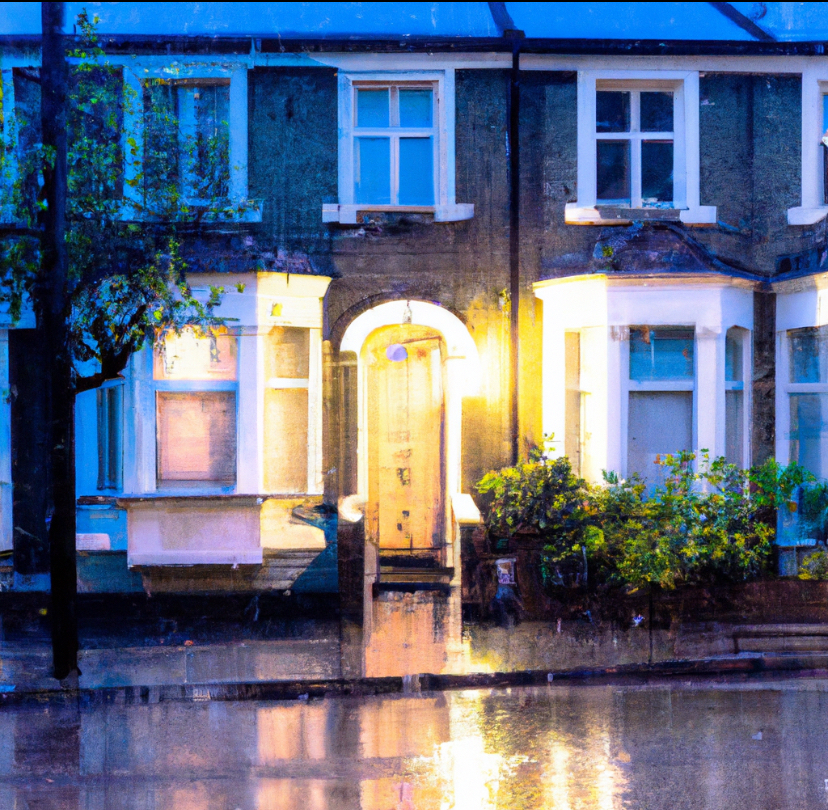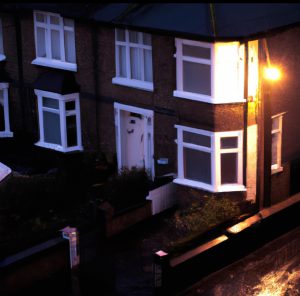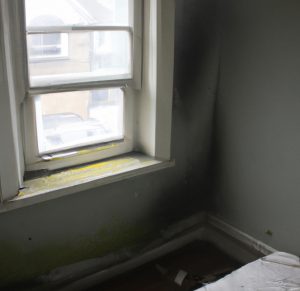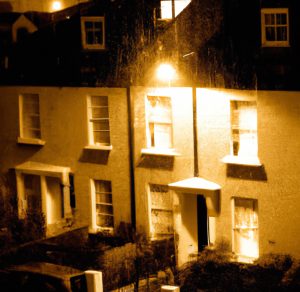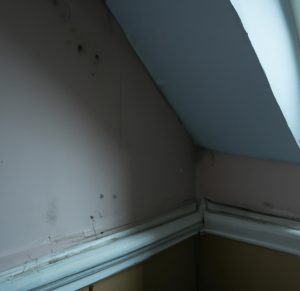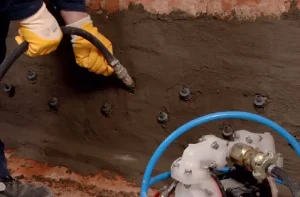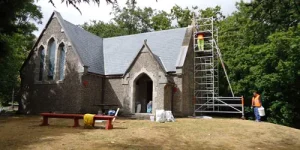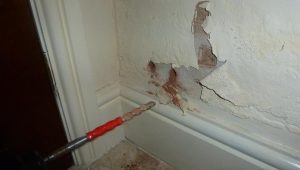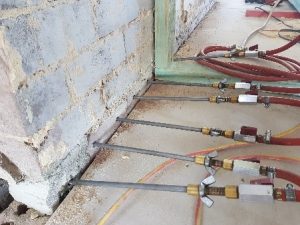Nestled in the picturesque landscapes of South East England are charming homes that tell tales of a bygone era. Properties built between 1840 and 1910, commonly known as the Victorian era, boast timeless architecture and intricate designs. However, behind the façade of these historical gems lies a common issue that plagues many – rising damp. In this blog entry, we will delve into the unique challenges faced by properties in South East England and explore why those constructed during the Victorian era are ten times more likely to suffer from rising damp.
The Silent Culprit: Water Content Beneath the Ground:
The charm of South East England extends beyond its rolling hills and quaint villages; it lies in the very soil upon which these historic properties are built. The region’s sub-stratas of chalk, clay, and soil create a unique setting that contributes to the prevalence of rising damp. Concentrated water content retained beneath the ground serves as the silent culprit behind this persistent issue, affecting a staggering 73% of properties built during the Victorian era.
Understanding Rising Damp in Victorian-Era Properties:
Rising damp occurs when groundwater slowly rises through a building’s walls, carrying with it salts and minerals. In South East England, the specific composition of the sub-soil exacerbates this problem. The properties constructed between 1840 and 1910, with their solid brick walls and lack of modern damp-proofing measures, become particularly vulnerable to the capillary action that draws water upwards.
The Victorian Charm vs. Rising Damp:
Victorian-era properties are renowned for their elegance and character, but the battle against rising damp often remains hidden from view. Damp patches on walls, peeling wallpaper, and a musty odour are telltale signs of this issue. The challenge lies not only in preserving the aesthetic appeal of these homes but also in safeguarding their structural integrity.
The Solution: Solvent-Based DPC Injection:
For homeowners grappling with rising damp in their Victorian properties, there is a singular, effective solution – a solvent-based Damp-Proof Course (DPC) injection. DPC injection involves the introduction of a chemical damp-proof barrier into the walls, creating a barrier that prevents rising damp. This method not only addresses the immediate issue but also offers a long-term solution, ensuring the protection and preservation of these historical properties.
Conclusion:
As custodians of South East England’s rich architectural heritage, it is crucial for homeowners to understand the unique challenges posed by rising damp in Victorian property. By acknowledging the role of concentrated water content beneath the ground and embracing solutions like solvent-based DPC injection, we can ensure that these charming homes continue to stand the test of time. Let us embark on a journey to safeguard the legacy of our past and preserve the beauty of our architectural treasures for generations to come.

